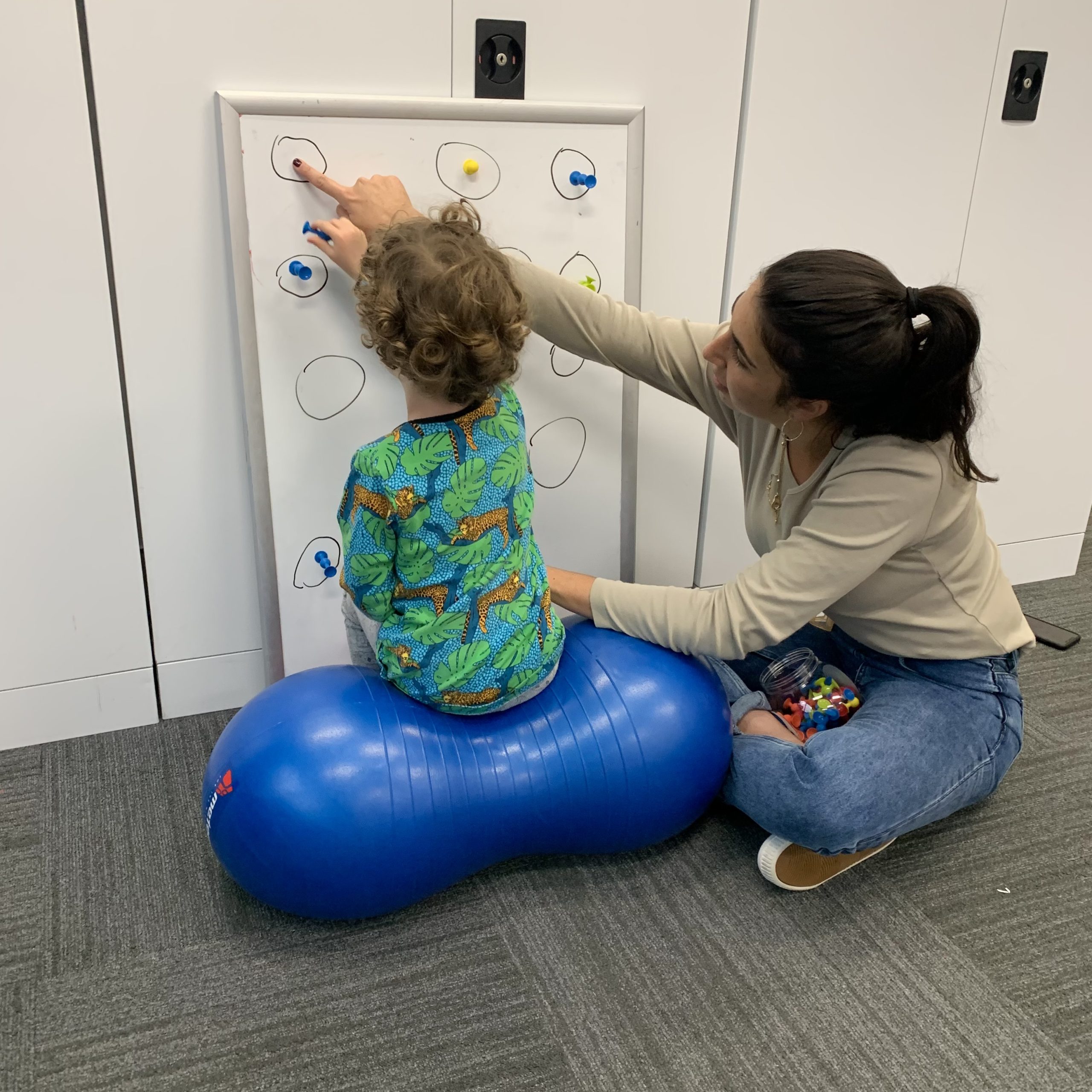
Understanding Bilateral Coordination in Children
Bilateral coordination is the ability to use both sides of the body simultaneously in a coordinated manner. This essential skill involves using your legs for walking, your eyes for seeing, and your hands for tasks like buttoning and zipping. Good bilateral coordination indicates that both sides of the brain are communicating and sharing information effectively.
The Development of Bilateral Coordination
As children develop this skill, they learn to move one side of their body while stabilising themselves with the other. This ability is crucial for activities like hopping and cutting with scissors.
The Role of Body Awareness
Body awareness is a critical component of bilateral coordination. It refers to the ability to recognise where your body is in space without relying solely on visual input. This awareness involves proprioception, which is the feedback received from muscles and joints. Children lacking adequate body awareness may appear clumsy, be cautious with movement, or fear activities that lift their feet off the ground, such as swinging. They might also be rough during play due to an underdeveloped sense of their body’s position in space. This lack of body awareness can hinder their ability to perform tasks requiring coordination of both sides of their body, such as catching a ball with two hands.
The Importance of Midline Crossing
Crossing the midline, an imaginary line dividing the body into left and right halves, is another crucial aspect of bilateral coordination. When a child crosses the midline, they can reach across their body to perform tasks like drawing a line across a page, putting on shoes and socks, or hitting a tennis ball with a racquet. Children who struggle to cross the midline may experience delays in gross and fine motor skills and might switch hands frequently when drawing or writing, indicating a lack of hand preference.
How Bilateral Coordination Develops
It develops in stages as children grow. Initially, children use both hands together symmetrically, such as banging toys together or clapping. Next, they start holding one hand still while the other hand moves, like when picking up pieces of a shape sorter. Eventually, they learn to perform different actions with each hand simultaneously, such as cutting with scissors, where one hand moves the scissors while the other holds the paper.
The Impact of Poor Bilateral Coordination
Children with poor bilateral coordination may struggle with various tasks:
- Self-Care: Dressing, tying shoes.
- Fine Motor Activities: Banging blocks together, stringing beads, buttoning.
- Visual Motor Tasks: Drawing, writing, cutting, catching, and throwing.
- Gross Motor Activities: Crawling, walking, climbing stairs, riding a bike.
Treating Bilateral Coordination Issues
Occupational therapists (OTs) are specialists who work with children facing challenges in bilateral coordination. After a thorough assessment of a child’s skills, OTs develop a tailored program to build body awareness, ensure the child can cross the midline, and perform bilateral activities. The duration of therapy varies; some children may need a short period of intervention, while others may take longer to develop the necessary skills.
Conclusion
Bilateral coordination is a fundamental skill that enables children to perform everyday tasks efficiently and effectively. Occupational therapy plays a vital role in helping children who struggle with this by providing targeted interventions to enhance their abilities. If you notice your child having difficulties with tasks requiring the use of both sides of their body, consider consulting an occupational therapist for a comprehensive assessment and tailored support plan.
Contact Us
If you believe your child could benefit from occupational therapy for bilateral coordination, don’t hesitate to reach out. Our dedicated team is here to support your child’s growth and help them reach their full potential. Together, we can help your child develop the skills they need to succeed and thrive in all areas of their life.
OneOnOne Children’s Therapy is an Occupational Therapy, Speech Pathology and ESDM clinic in Bondi Junction in Sydney’s Eastern Suburbs. We can be contacted on (02) 80657837 or by email. All of our Occupational Therapists are AHPRA registered.
